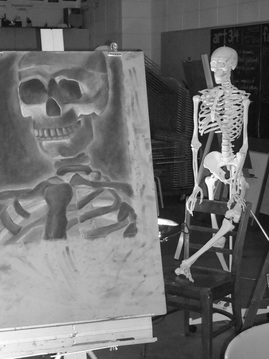
Using charcoal and reductive drawing techniques to create a dramatic still-life with a strong light source.
Objectives:
To learn to use advanced charcoal techniques (Reduction, blending, mark making)
To develop strong contrast through value, light, and shadow.
To accurately draw a still-life (in this case a skeleton)
To develop a dynamic composition
To practice artist behaviors using easels and horses.
- Develop ideas in your sketchbook with thumbnail sketches to show a variety of ideas and compositions
- Consider size, placement and angle in your compositions.
- Consider negative space and zooming in on interesting areas.
Objectives:
To learn to use advanced charcoal techniques (Reduction, blending, mark making)
To develop strong contrast through value, light, and shadow.
To accurately draw a still-life (in this case a skeleton)
To develop a dynamic composition
To practice artist behaviors using easels and horses.
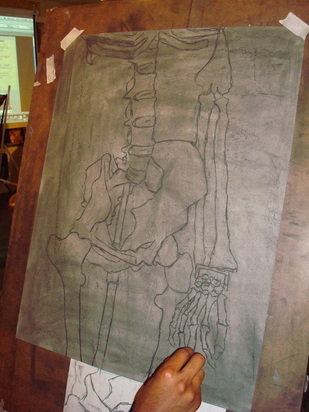
Classwork Directions
Day 1-4
- 8 thumbnail sketches from different points of view.
-Show interesting composition
- Tone a large paper
- Two practice sketches on newsprint with vine charcoal
Day 5-8
-Use sketches to help inform your final drawing. Lay it out in vine charcoal.
*GT students should consider a challenging angle, composition, and need to work the background in order to enhance the subject.
-Use an eraser to pull out light areas, block charcoal and pencils to add in dark value, and white charcoal to find highlights
-Use a combination of blending and mark making to create a descriptive form
-Build up a range of values to show contrast
Day 1-4
- 8 thumbnail sketches from different points of view.
-Show interesting composition
- Tone a large paper
- Two practice sketches on newsprint with vine charcoal
Day 5-8
-Use sketches to help inform your final drawing. Lay it out in vine charcoal.
*GT students should consider a challenging angle, composition, and need to work the background in order to enhance the subject.
-Use an eraser to pull out light areas, block charcoal and pencils to add in dark value, and white charcoal to find highlights
-Use a combination of blending and mark making to create a descriptive form
-Build up a range of values to show contrast
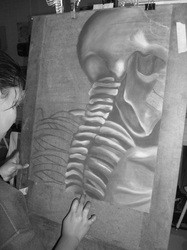
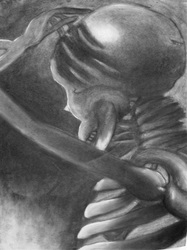
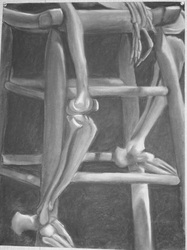
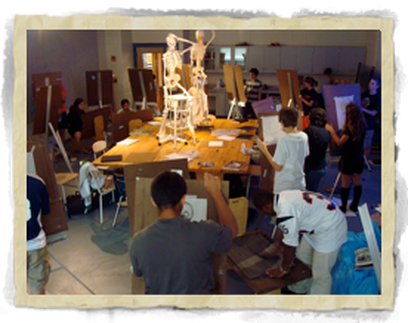
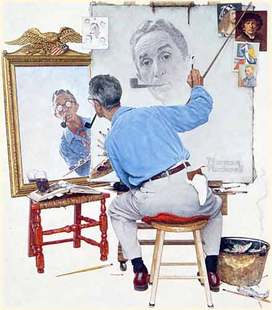
 RSS Feed
RSS Feed